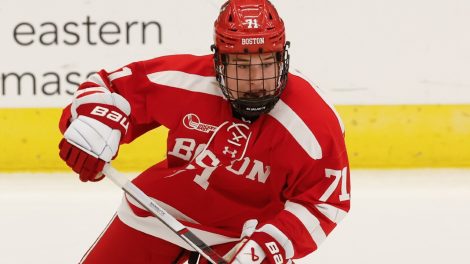With the NHL Draft less than a month away, many of the top prospects have descended on Buffalo for the 2017 NHL Scouting Combine.
Here’s what you need to know about the event:
When is it taking place?
The event began Monday and goes through Saturday, three weeks prior to the 2017 NHL Draft. Medical examinations for the players take place prior to the fitness testing which occurs Friday and Saturday.
[snippet id=2850061]
Where is it taking place?
For a third consecutive year the combine is taking place in Buffalo. The two combined venues will again be the First Niagara Center and nearby HarborCenter. The fitness tests take place at the HarborCenter.
Who will be there and can I watch?
There are 104 prospects scheduled to participate in this year’s combine. There will be 84 North American players and 20 international prospects—10 goalies, 36 blueliners and 58 forwards, including the consensus top two prospects Nolan Patrick and Nico Hischier.
Check out the FULL LIST of prospects.
Fans can watch a live stream of Saturday’s fitness testing on Sportsnet.ca Saturday from 9:30 a.m.-12:30 p.m. ET.
What’s the point of the combine?
The gathering affords NHL general managers and scouting staffs the opportunity to meet draft-eligible hockey prospects, speak with them in one-on-one situations and examine what they are capable of off the ice both physically and mentally.
Is it open to the public?
This event is typically closed off, however this year the NHL Fan Centennial Arena will be there at the Tops Alumni Plaza outside KeyBank Center Friday and Saturday. The event is free and open to all ages.
[relatedlinks]
What exactly will the players be put through during testing?
The following tests will completed during combine week…
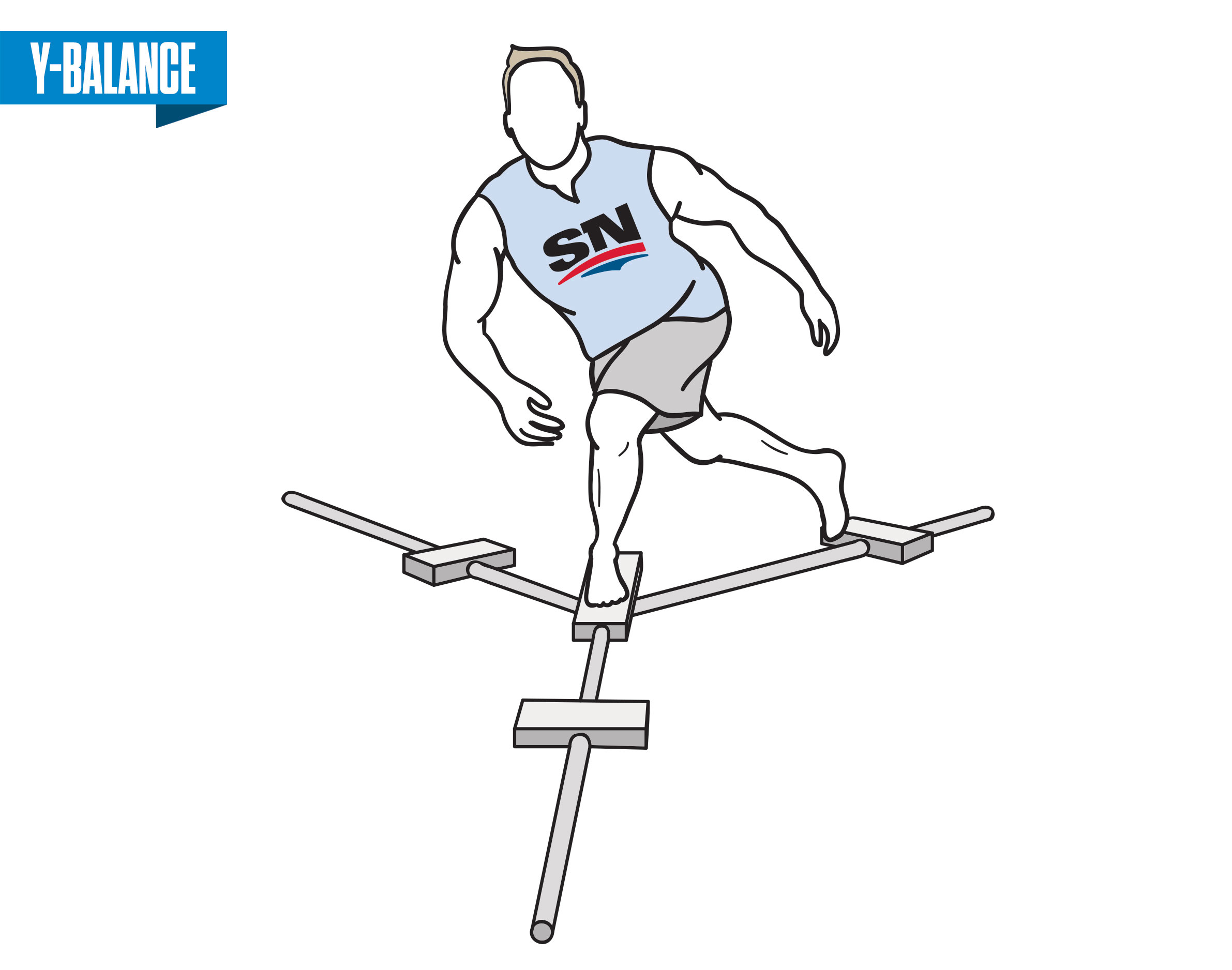
Y-Balance Test Station – The Y-Balance is a dynamic test performed in single-leg stance that requires strength, flexibility, core control and proprioception. It has been used to assess physical performance, demonstrate functional symmetry and identify athletes at greater risk for lower extremity injury. The goal of this test is to maintain single-leg stance on one leg while reaching as far as possible with the contralateral leg. Each test is repeated three times with the maximum reach in each direction recorded.
Here is an instructional video to get an understanding of the drill.
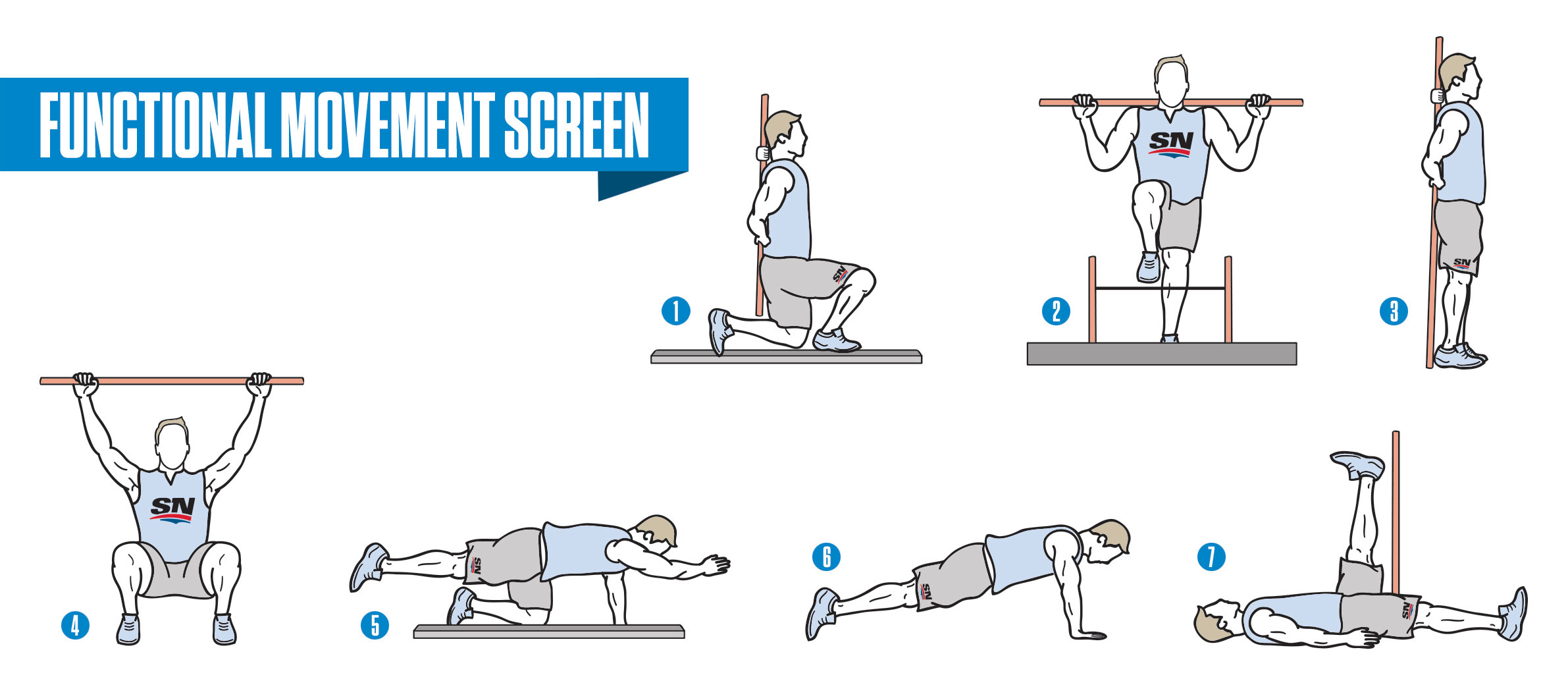
Functional Movement Screen – This is a series tests which assesses mobility and stability in the athlete during following seven movement exercises: deep squat, hurdle step, inline lunge, shoulder mobility, active straight leg raise, trunk stability pushup and rotary stability. It is meant to identify the quality, limitations and weaknesses (or right and left side imbalances) of basic movements by an athlete.
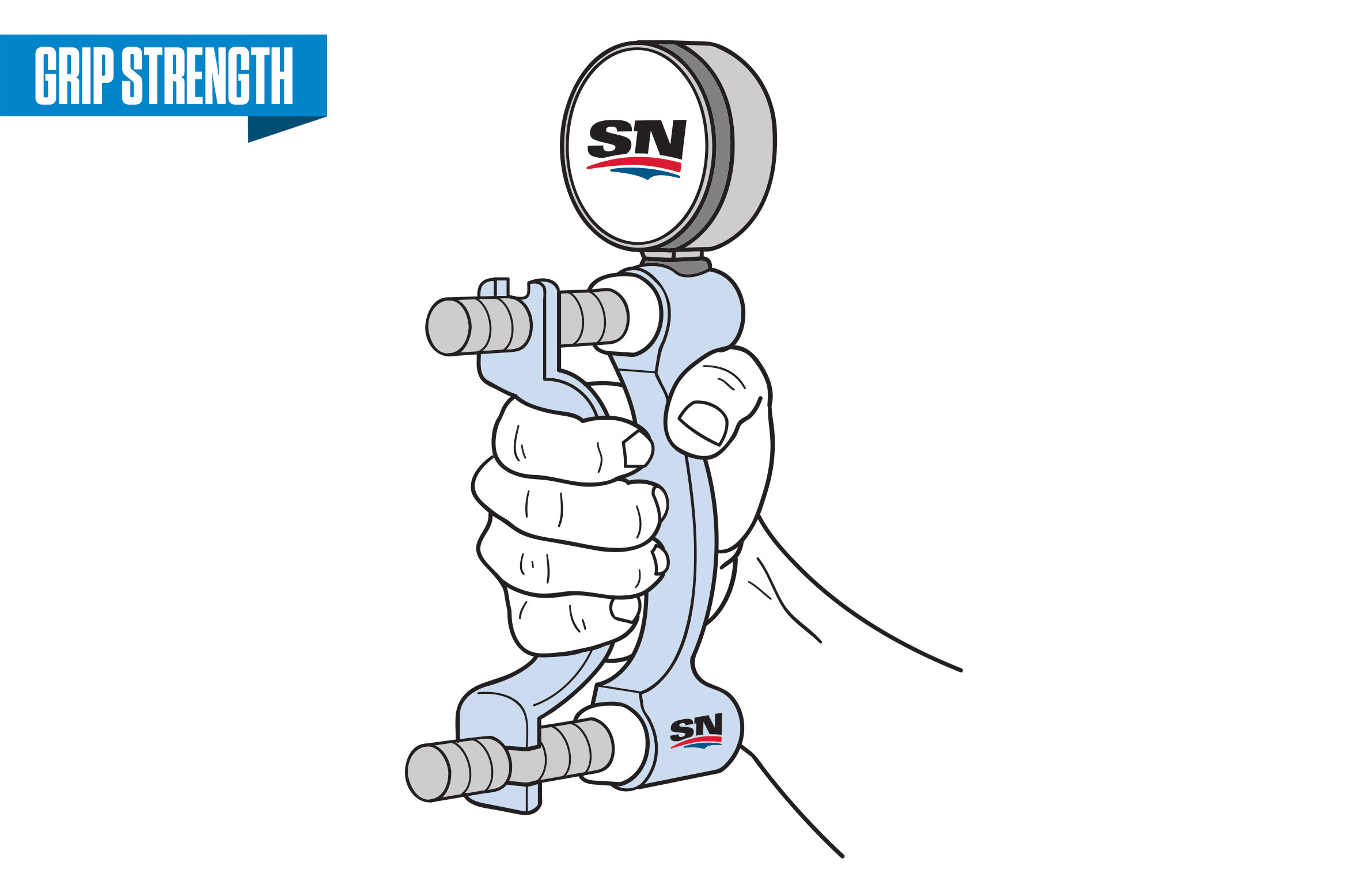
Grip Strength – The athlete adjusts a hand grip dynamometer to his hand size, fully extends his arm and squeezes the dynamometer as forcefully as possible. The test is conducted on both hands.
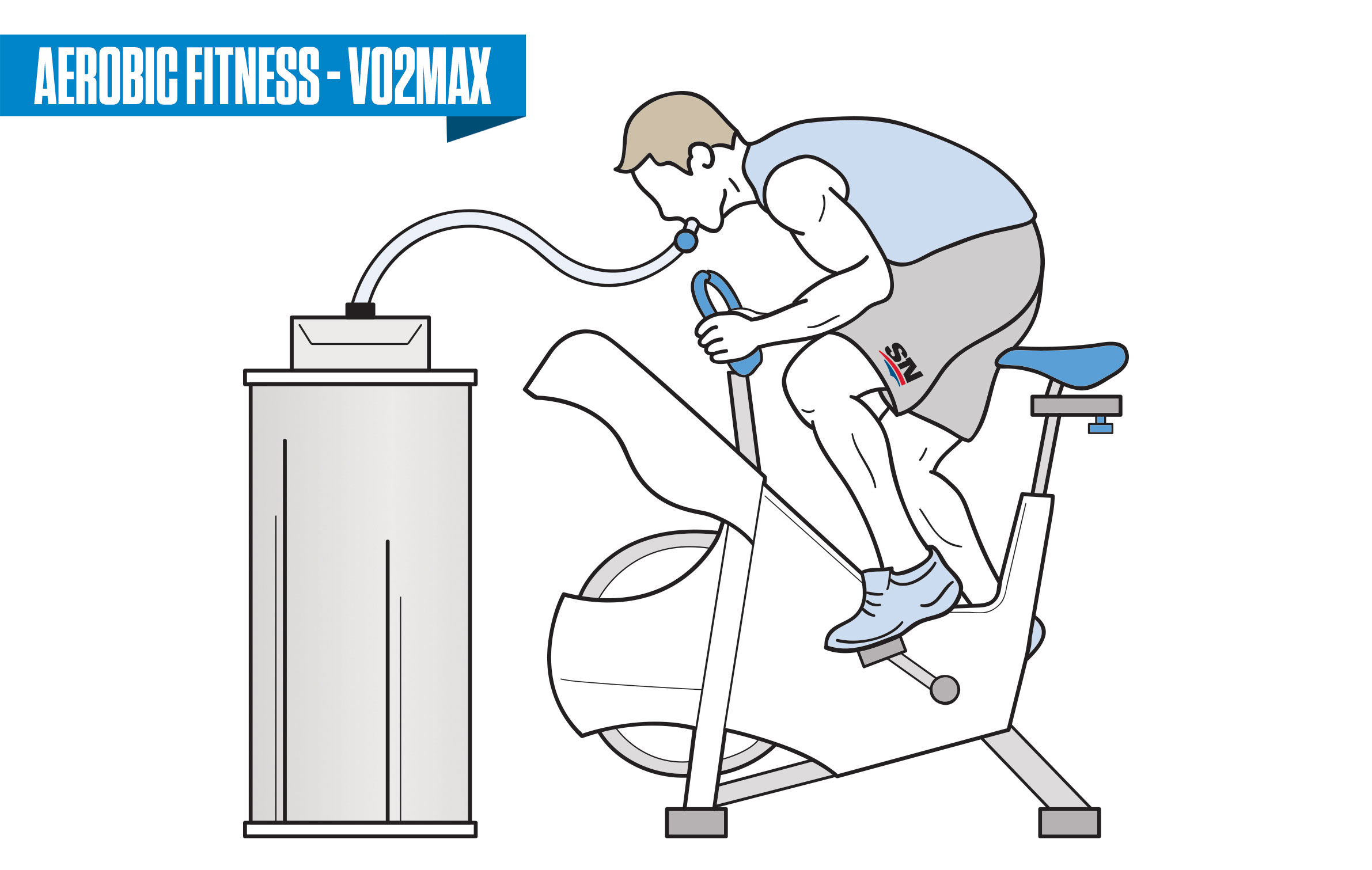
VO2max – Aerobic fitness is assessed by measuring the amount of oxygen utilized (VO2 max) during maximal exercise employing volume determination and analysis of expired air. In addition, heart rate is monitored continuously, providing data for heart rate based training. This test will be performed on the Matrix IC7 indoor cycle using a Cortex Metalyzer VO2 cart.
The end point is determined by either:
a) the athlete physically stops pedalling
b) the athlete experiences difficulty breathing or chest pain or
c) the appraiser stops the subject because the athlete can no longer maintain the required rpm despite intense effort.

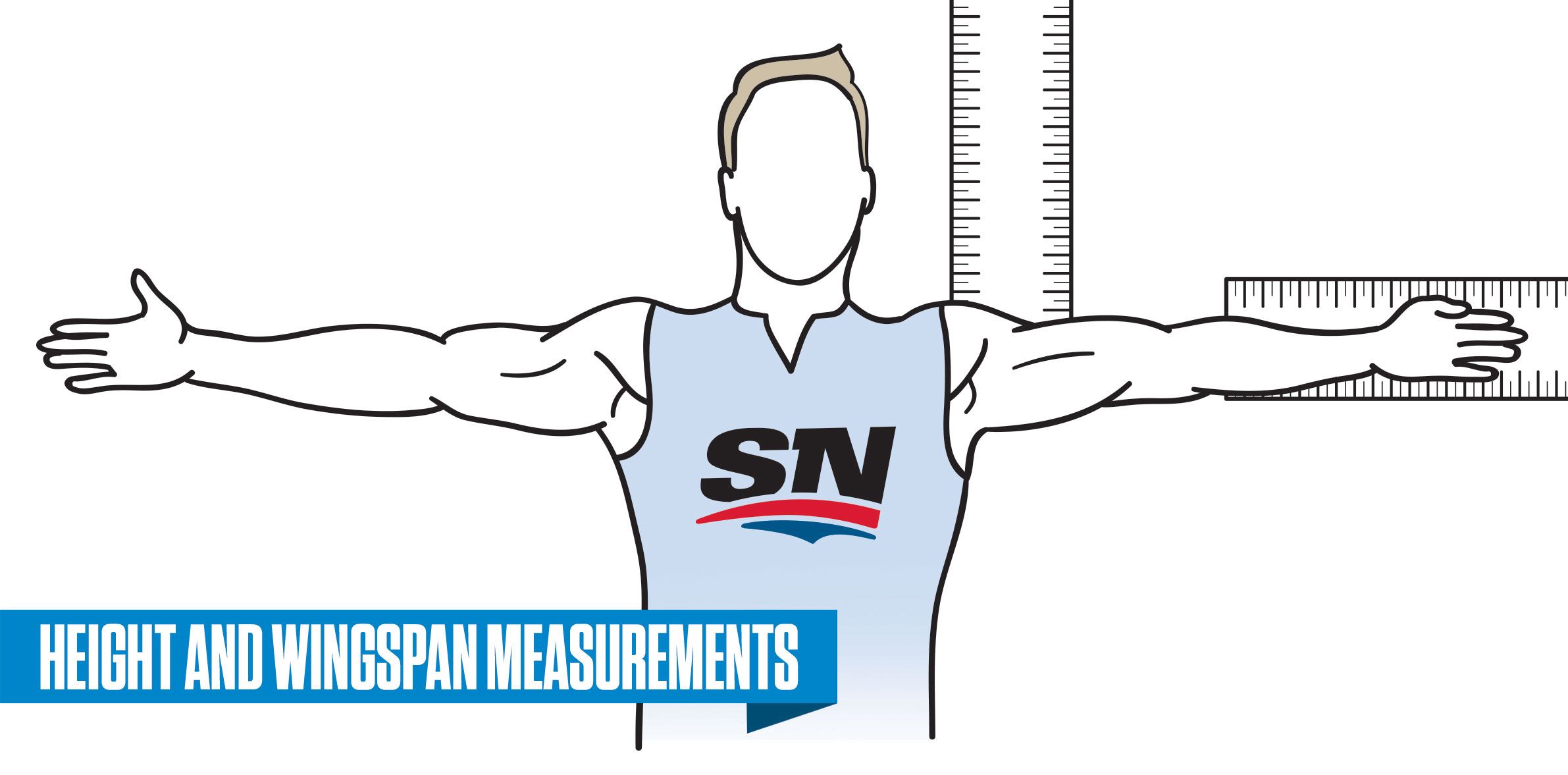
Standing Height – Athlete stands against a wall (barefoot, heels together with the backs of the feet touching the wall) and their height is measured.
Wingspan – Athlete extends his arms straight out to the sides. Wingspan is measured to the nearest 0.2 cm from the middle finger tip to middle finger tip.

Standing Long Jump – Athlete stands with feet slightly apart with toes behind the jumping line. Using an arm swing to assist, the athlete jumps as far as possible.

Jump Station (AccuPower Dual Force Plate System) – An AccuPower Dual Force Plate System will be used to objectively measure the direction, strength and timing of the forces the athlete produces during hockey related movement. The test will provide immediate feedback allowing teams to assess movement efficiency, physical performance and injury potential…The test will include six separate maximum effort vertical jumps separated by 10 seconds of rest. The three best jumps are taken and averaged to get the final scoring and rankings.
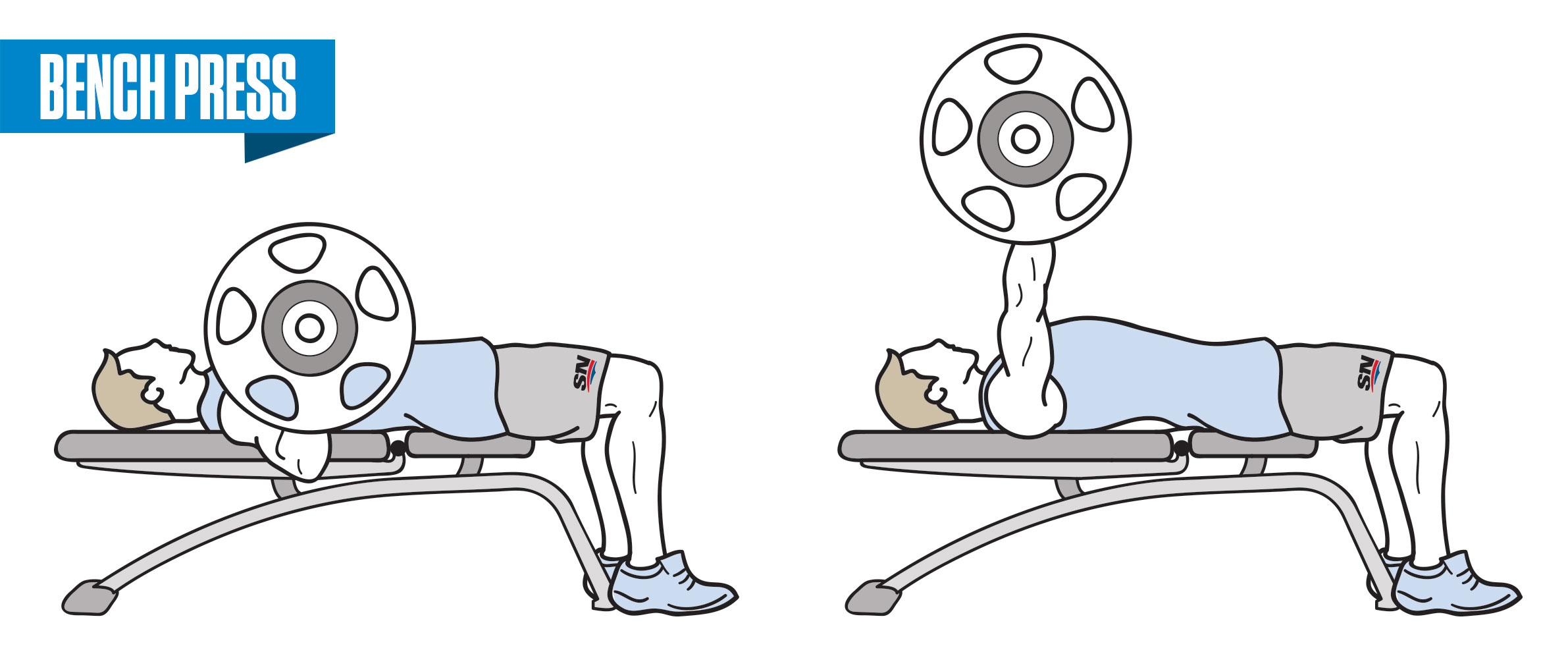
Bench Press – Athlete lies on his back on the bench and grips the barbell with thumbs approximately shoulder width apart. The buttocks must remain on the bench with the feet on the floor. The starting position of the bar is touching the chest at approximately the axillary line and the bar is pushed to full extension of the arms while keeping a specific pace of 25 reps per minute.

Pro Agility Test – The 5-10-5 yard shuttle (or 15-30-15 feet) evaluates multi-directional speed, agility and whole body reaction plus control. Each player will perform one sequence starting to the right and one sequence starting to the left.
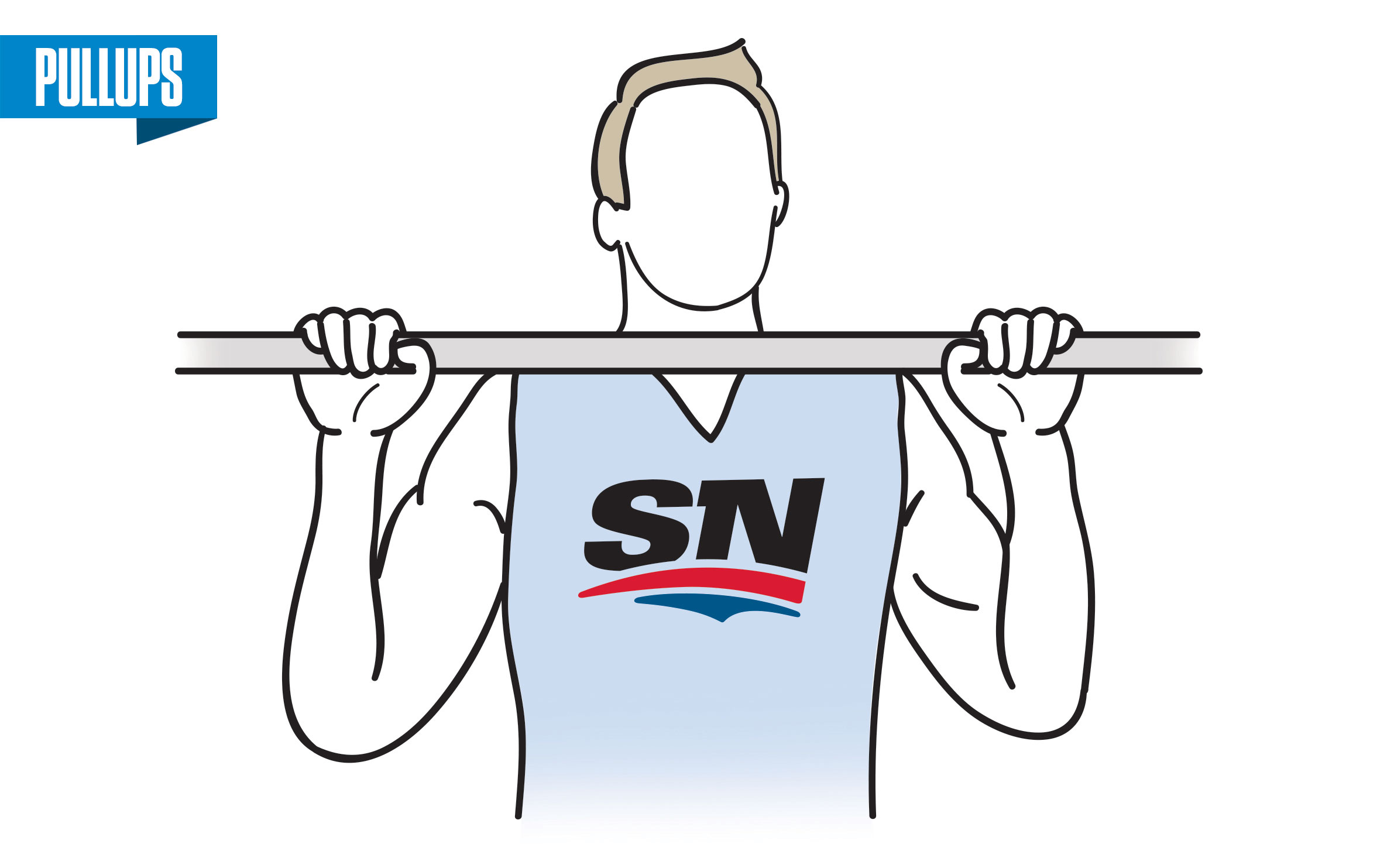
Pull Ups – Athlete does as many consecutive pull ups they can while maintaining the correct technique.

Wingate Cycle Ergometer Test – Athlete warms up by pedalling at a low resistance for two minutes. To start the test, the athlete pedals at a progressively quicker cadence so that by the time the designated workload has been reached, he is pedaling at his maximal capacity. The athlete pedals at his maximal capacity against the designated workload for 30 seconds. Revolutions are recorded for each five second period, then power output is calculated for both the peak five second period and the 30 second duration.
Graphics of each drill were created by Erika Vanderveer.




